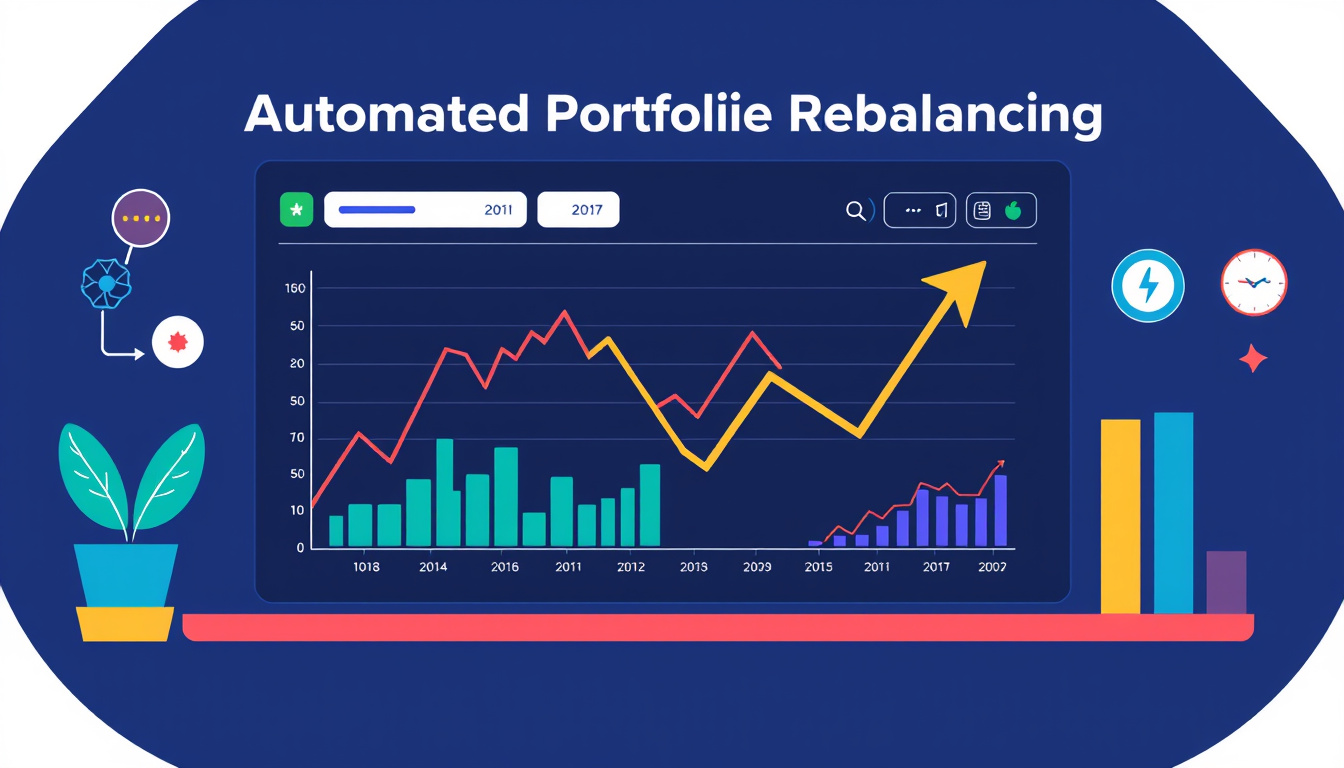Mastering Your Investments: The Ultimate Guide to Automated Portfolio Rebalancing for Optimal Financial Growth
Mastering Investments: A Guide to Automated Portfolio Rebalancing for Growth
Investors need a balanced portfolio. Markets change fast. A simple tool can keep risk low and returns fair. Automated portfolio rebalancing makes sure each asset stays near its goal. This guide explains how rebalancing works and why it matters for growth.
Understanding Portfolio Rebalancing
What is Portfolio Rebalancing?
Portfolio rebalancing means resetting the shares you hold between different assets. You buy or sell funds so that the mix stays close to your goal. When good stocks rise in price, their share grows. This change can push the portfolio away from its plan. Rebalancing sells part of the high side and adds to the lower side to keep balance.
Imagine a split of 60% stocks and 40% bonds. If stocks climb, the split may move to 70/30. A high share of stocks may add risk. Rebalancing lowers that risk by keeping stocks and bonds close to their targets.
Why Rebalance?
- Risk keeps low when no asset overwhelms the mix.
- Steady returns can come from a mix that stays near its goal.
- Life changes push you to match your money plan.
- Sales from high assets can bring cash for other uses.
The Role of Automated Portfolio Rebalancing Tools
In today’s tech age, checking a portfolio can take time.

Automated tools work by tracking your mix each day. They act fast when the market moves. Some tools to know are:
1. Kubera
Kubera works as a balance sheet tool. It shows bank accounts, digital coins, and property in one view. This view helps you see when a change is due.
2. Morningstar Total Rebalance Expert
This tool helps advisors. It tracks the mix in real time and suggests trades that fit a plan. It watches for tax issues while it works.
3. Charles Schwab Intelligent Portfolios
This robo-advisor runs your portfolio. It rebalances by following set asset shares and risk needs. Daily checks ensure the plan stays true.
4. U.S. Bancorp’s Automated Investor
This service watches your mix around the clock. It shifts funds as the market moves. A watchful eye gives you a quiet mind.
5. Vanguard and Personal Capital
Both tools keep rebalancing as part of their service sets. They work on a plan you set and help manage funds with care.
How to Implement Automated Portfolio Rebalancing
Step 1: Define Your Investment Goals
Write down your aims, how much risk you can bear, and your future plans. This note guides your mix.
Step 2: Choose the Right Tool
Find a tool that fits your style. Check how easy it is, its cost, and what funds it can handle.
Step 3: Set Target Allocations
Decide the ideal shares for each asset. The tool then works to match these shares.
Step 4: Monitor and Adjust
Even with automation, check your mix sometimes. A look keeps the plan in line with how life changes.
Conclusion
Automated portfolio rebalancing helps keep investments in order. It gives you a steady way to meet long-term goals while guarding against risk. With simple, smart tools, you get a plan that adapts to market moves. Whether you just start or have much time investing, these tools help shape your financial future.
